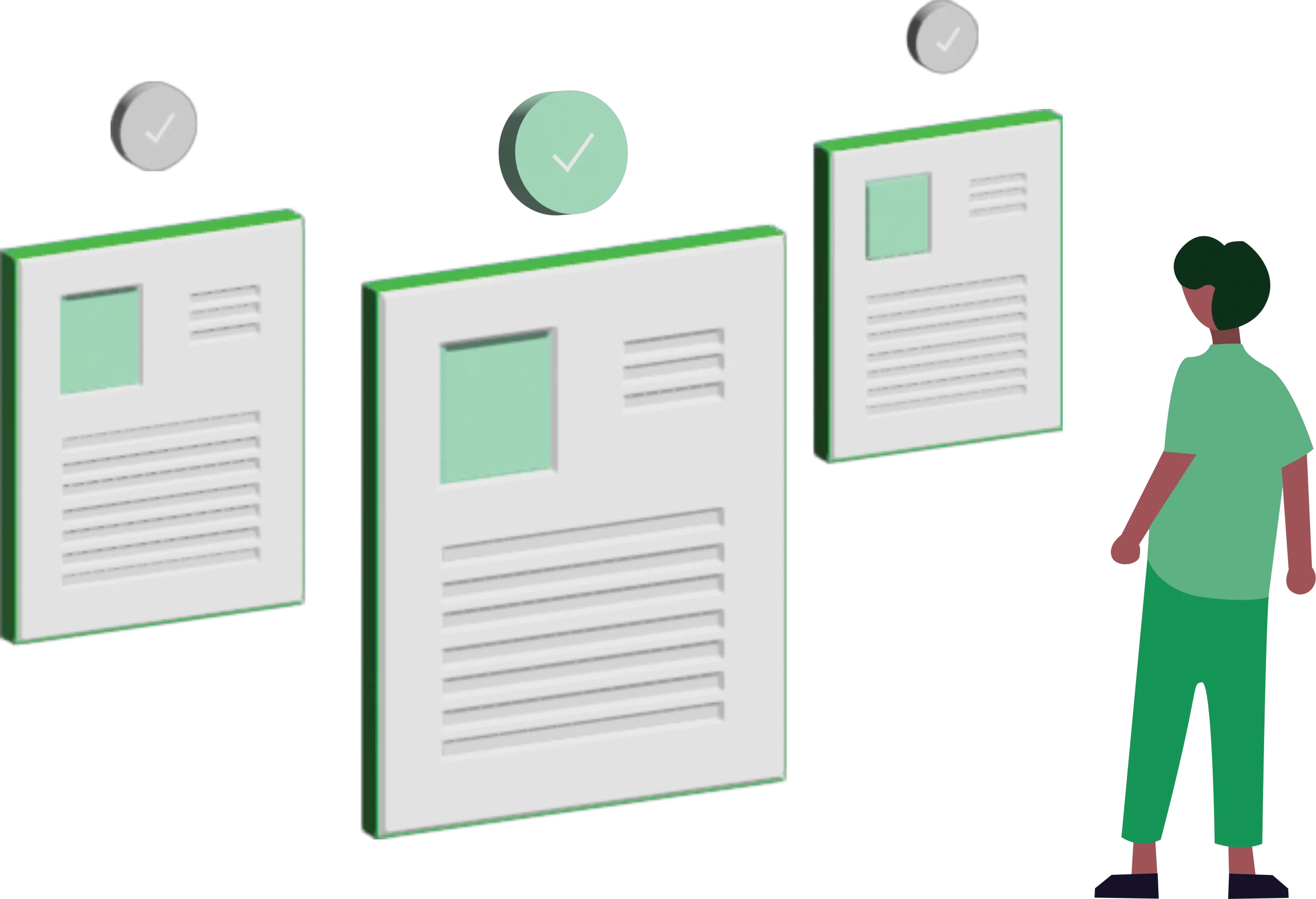In today’s tech landscape, the seamless scalability of applications is critical for meeting evolving user demands. DevOps, with its integrated approach, stands as a pillar in this pursuit, yet it faces numerous challenges when scaling applications. This article delves into the hurdles faced in scaling applications with DevOps and explores effective solutions to overcome them.
Understanding the Challenges
“Understanding the Challenges” involves comprehending, acknowledging, and grappling with the obstacles or difficulties encountered in a particular situation or context. This process entails delving into the complexities, identifying the various hurdles, analyzing their implications, and devising strategies to overcome them. Additionally, it involves scrutinizing the intricacies, exploring the nuances, and fostering a comprehensive grasp of the issues at hand. Through this understanding, one can navigate, adapt, and formulate effective solutions, utilizing a diverse array of transition words such as however, furthermore, consequently, meanwhile, and therefore to articulate the multifaceted aspects and connections within the challenges being examined.
1. Infrastructure Complexity
Scaling applications often involves managing intricate infrastructures. Complexity arises due to diverse components, environments, and configurations. Moreover, the absence of standardized setups exacerbates the complexity of scaling processes.
2. Scalability Bottlenecks
Identifying scalability bottlenecks proves to be a daunting task. Issues in code, databases, or infrastructure can impede seamless expansion, affecting performance.
3. Continuous Integration and Deployment (CI/CD) Challenges
However, integrating continuous processes in DevOps for scaling presents various challenges that organizations need to address strategically for seamless scalability. Streamlining automated deployment while ensuring reliability remains a struggle.
Addressing the Challenges
“Addressing the Challenges” encompasses the proactive, systematic, and strategic approach taken to confront, mitigate, and resolve the obstacles or difficulties present within a given scenario. This involves acknowledging the complexities, identifying the root causes, and subsequently implementing measures to tackle the issues at hand. Transition words like firstly, subsequently, correspondingly, thereby, and ultimately can aid in structuring the process of addressing challenges, emphasizing the sequential steps involved, the interconnected strategies applied, and the progressive nature of the solutions deployed to effectively tackle and overcome these hurdles.
1. Infrastructure Automation
Moreover, implementing Infrastructure as Code (IaC) alleviates the burden of managing diverse setups, streamlining the entire process for scalability. Furthermore, tools such as Terraform and Ansible play a pivotal role in facilitating standardized infrastructure provisioning, effectively minimizing complexities in the process.
2. Performance Monitoring and Optimization
Thorough monitoring tools such as Prometheus or New Relic aid in identifying scalability bottlenecks. Furthermore, implementing performance testing and optimization strategies proactively tackles potential issues before they impact the system.
3. Enhanced CI/CD Pipelines
Optimizing CI/CD pipelines with thorough testing and robust rollback mechanisms ensures smooth scalability. Adopting blue-green deployments or canary releases mitigates risks during updates.
Implementing Solutions
“Implementing Solutions” refers to the systematic, purposeful, and practical execution of strategies or measures aimed at resolving specific issues or challenges identified within a given context. This process involves devising actionable plans, applying suitable methodologies, and executing a series of steps to introduce, integrate, and put into effect the proposed solutions. Transition words such as initially, subsequently, concurrently, consequently, and ultimately assist in articulating the sequential stages, concurrent actions, cause-and-effect relationships, and the eventual attainment of the intended outcomes during the process of implementing solutions.
1. Embracing Kubernetes for Orchestration
Kubernetes’ container orchestration simplifies deployment and scaling. Its flexibility and scalability features streamline application management across diverse environments.
2. Employing Microservices Architecture
Breaking down monolithic applications into microservices facilitates scalability. Independent scaling of services enables more efficient resource allocation.
3. Leveraging Cloud Solutions
Cloud platforms like AWS, Azure, or GCP offer scalable infrastructure. Utilizing their services, such as auto-scaling and load balancing, eases the scaling process.
DevOps, as a philosophy and set of practices, significantly contributes to application scalability. While challenges persist, innovative solutions are continuously evolving. Additionally, through the embracement of automation, performance optimization, and the utilization of advanced tools and architectures, organizations can proficiently scale their applications using DevOps methodologies.


































































Lorenza
Your method off explaining alll in this paragraph
is realloy nice, all be able to without difficulty
be aware of it, Thanks a lot.
Feel free to visit my homepage :: https://mostbetcasino.blogspot.com/2021/10/explore-basics-of-gambling.html
Lydia Young
Lydia Young
Winnie Galvan
Winnie Galvan
Enoch Herrera
Enoch Herrera
Loretta
What’s up to every single one, it’s in fact a fastidious
for me click here to read go to see this site,
it includes helpful Information.
Izabella Hunt
Izabella Hunt
kaui vengut
kaui vengut
TwzPUSDy
MLsUOVtJgjSdD
aJTHuWkhwDebS
qwnsYXFuCHgE
LdwmsAyNuvUMaDcZ
uJNMTsryDSLBtInU
sorgelakhanakp9z5+2q4f4t69q72@gmail.com
et ad illo optio corrupti et veniam hic quisquam quos dolore autem veniam sed distinctio facere sed dolor consequuntur ipsa. necessitatibus ea facere dignissimos vel eos excepturi beatae aut consequat